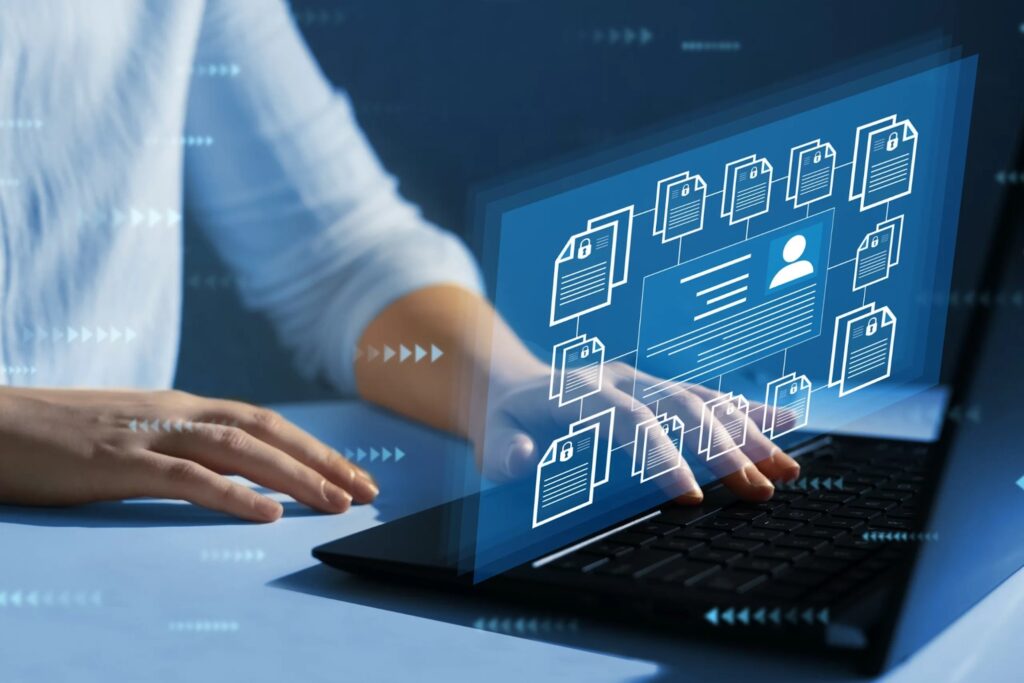In today’s fast-paced business environment, maintaining productivity and ensuring data security are more critical than ever. Employee monitoring software comes up as a strong solution, giving companies the ability to track and improve worker performance while protecting confidential data. The main characteristics, advantages, and recommended practices of these essential instruments are examined in this article.
Contents
- 1 Understanding Employee Monitoring Software
- 2 Key Features of Employee Monitoring Software
- 3 Benefits for Employers and Employees
- 4 Compliance and Privacy: A Balanced Approach
- 5 Real-World Applications
- 6 Choosing the Right Employee Monitoring Software
- 7 Best Practices for Implementation
- 8 Trends and Future Outlook
- 9 Conclusion
Understanding Employee Monitoring Software
A technological tool for keeping an eye on employee activity at work is Employee Monitoring Software. Through time monitoring, screen logging, activity logging, and detailed report generation, it offers businesses useful knowledge about the behavior of their employees. This software is essential for increasing security, boosting efficiency, and ensuring compliance to corporate standards.
Key Features of Employee Monitoring Software
The following characteristics are available in a strong employee monitoring tool to meet the demands of contemporary businesses:
Time tracking: This productivity-boosting technique keeps track of workers’ working hours, breaks, and the amount of time spent on particular tasks.
Screen monitoring: Takes pictures or videos in real time while staff members are working to make sure corporate rules are followed.
Activity Logging: Keeps track of user activities such accessing files, using applications, and visiting websites in order to give a thorough picture of what employees are doing.
Reporting: Produces thorough reports that assist managers in tracking project progress, making educated decisions, and pinpointing areas in need of improvement. Specifically, the tracker project function enables companies to keep a close eye on and maximize the advancement of particular projects and tasks.
These characteristics improve decision-making processes and administrative capacities, resulting in more effective operations.
Benefits for Employers and Employees
Employers and employees alike benefit from the following reasons when employee monitoring software is implemented:
Enhanced Productivity: Companies can detect inefficiencies and streamline processes to achieve higher efficiency by monitoring and evaluating worker activity.
Lower Operational expenses: By detecting wasteful spending, monitoring systems help companies cut expenses without sacrificing quality of service.
Improved Remote Work Management: As remote work has become more popular, monitoring software makes sure that workers are always attentive and productive, no matter where they are located.
Compliance and Privacy: A Balanced Approach
Even though employee monitoring software has many advantages, privacy and regulatory issues must be addressed. Businesses that wish to use these technologies in an ethical and legal manner must respect data privacy rules and maintain open communication with their staff. Maintaining transparency regarding the intent and extent of monitoring promotes trust and helps steer clear of possible legal problems.
Real-World Applications
Employee monitoring systems have been successfully implemented by a variety of organizations and industries to improve their operations:
Remote Work Management: Monitoring software is used by businesses with remote teams to keep tabs on worker performance and efficiently oversee projects.
Project tracking: Companies use these tools to keep an eye on the status of particular projects, making sure that deadlines are met and resources are being spent effectively.
Time Optimization: Businesses can find time-wasting activities and streamline procedures by examining time tracking data.
Choosing the Right Employee Monitoring Software
When choosing the best employee monitoring software, it’s important to carefully evaluate the following factors:
Scalability: Make sure the program can expand to accommodate an increase in staff as your company grows.
Integrations: Seek for solutions that easily link with current systems, including project management or HR software.
User-Friendliness: To ensure smooth adoption and lower the learning curve, pick a solution that is intuitive and simple to use for both managers and staff.
Best Practices for Implementation
There is more to successfully installing employee monitoring software than just selecting the appropriate technology. It is necessary to have open lines of communication with staff members about the goals of the monitoring, its methods, and its advantages. Ensuring that everyone knows how to utilize the program effectively through training and support promotes a healthy work environment.
Trends and Future Outlook
New trends and technology are continually transforming the employee monitoring software market. Predictive analytics and artificial intelligence (AI) integration are current trends that offer more precise insights. It is expected that these technologies will evolve and provide even more sophisticated features in response to the evolving demands of businesses as remote work becomes more common.
Conclusion
Employee monitoring software is an invaluable asset for contemporary companies, providing the instruments required to boost output, guarantee adherence to regulations, and efficiently oversee distant workers. Through meticulous software selection and transparent, privacy-conscious implementation, businesses may fully use the advantages of these potent solutions.



